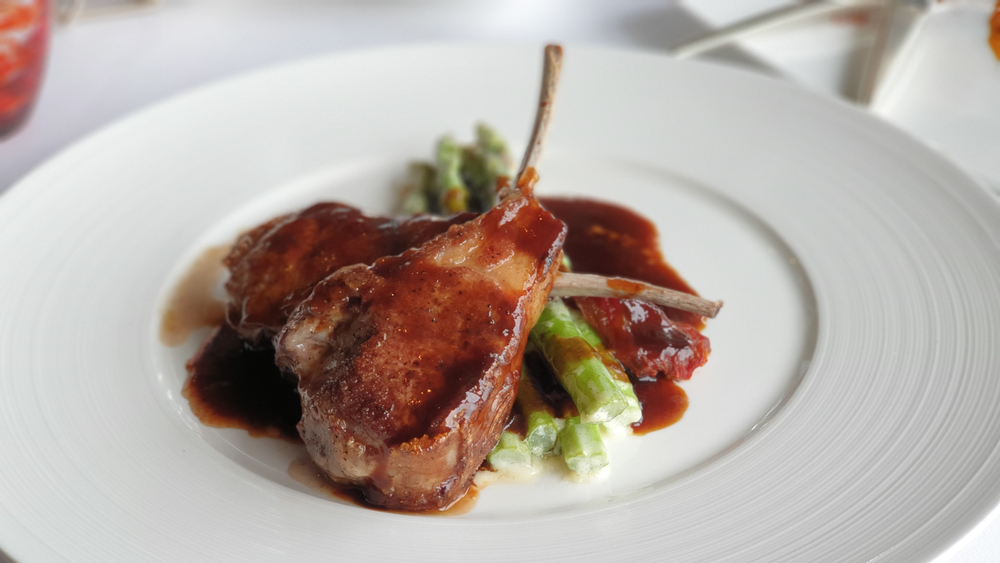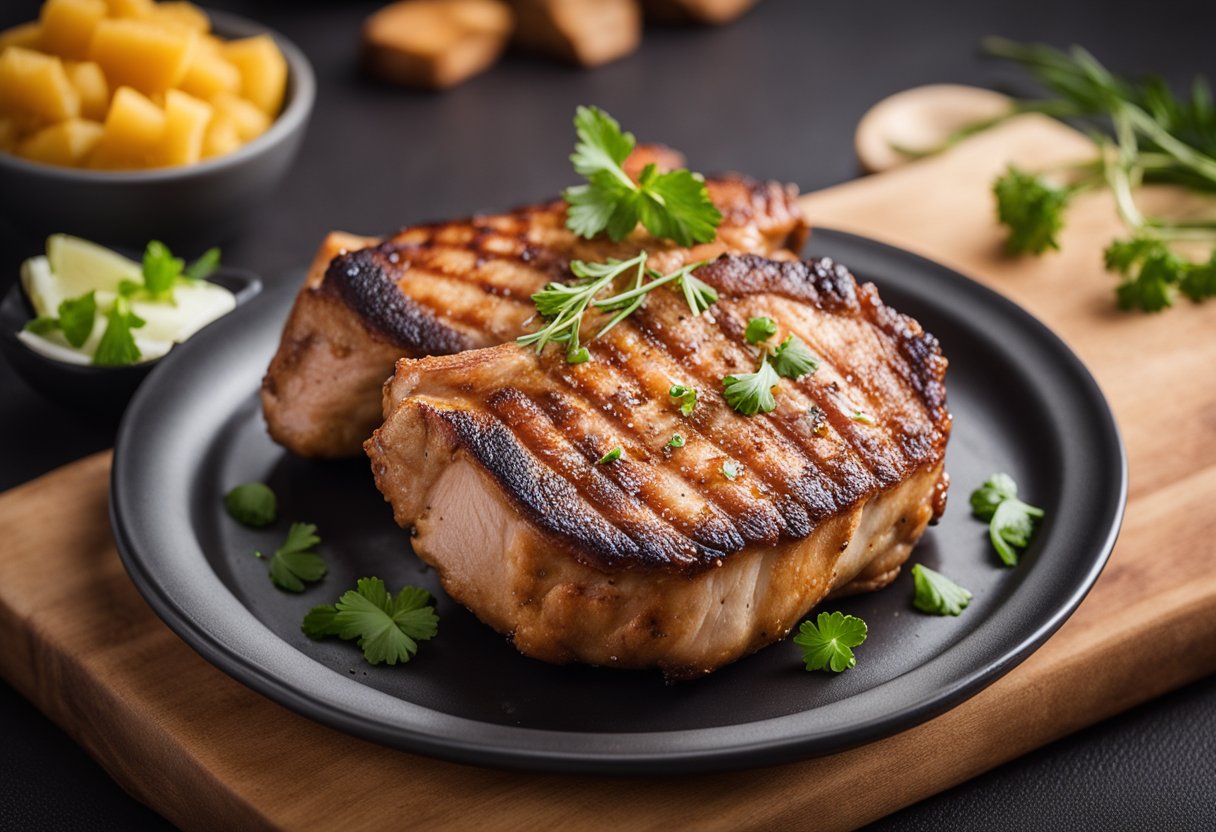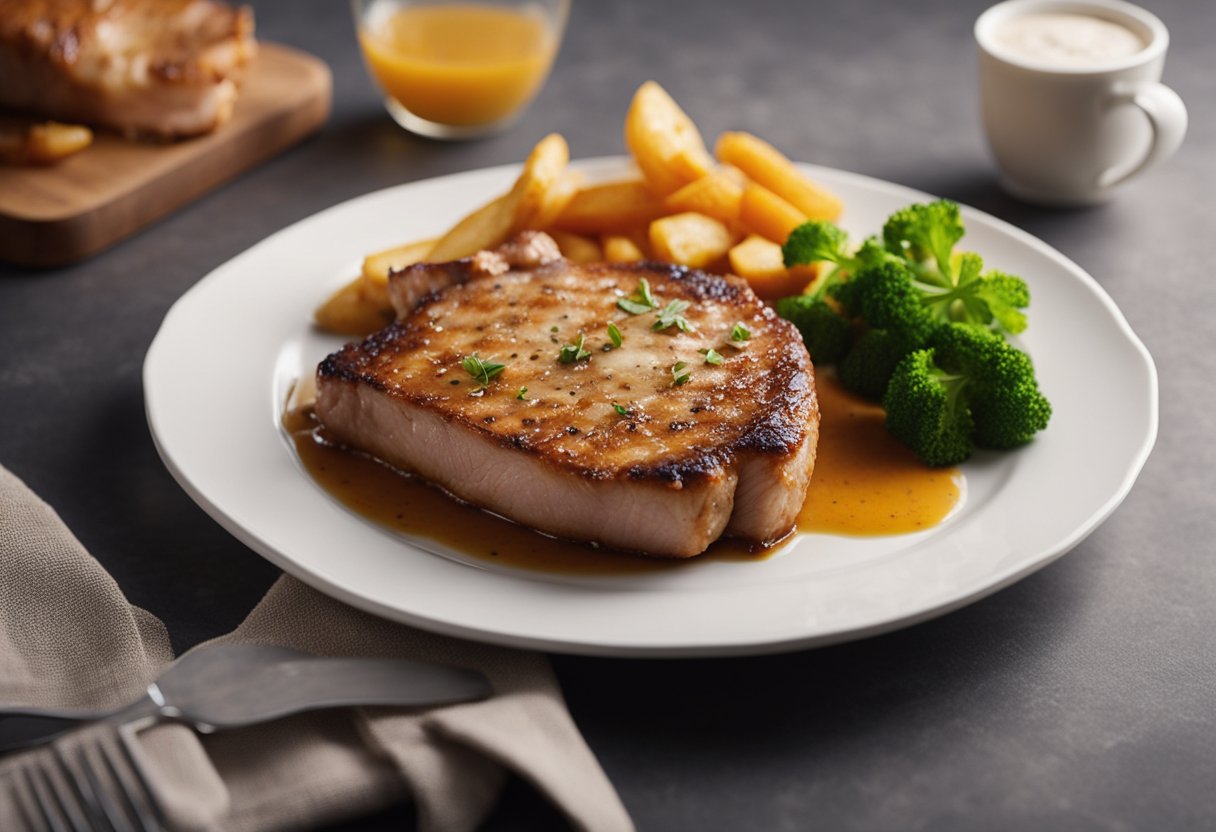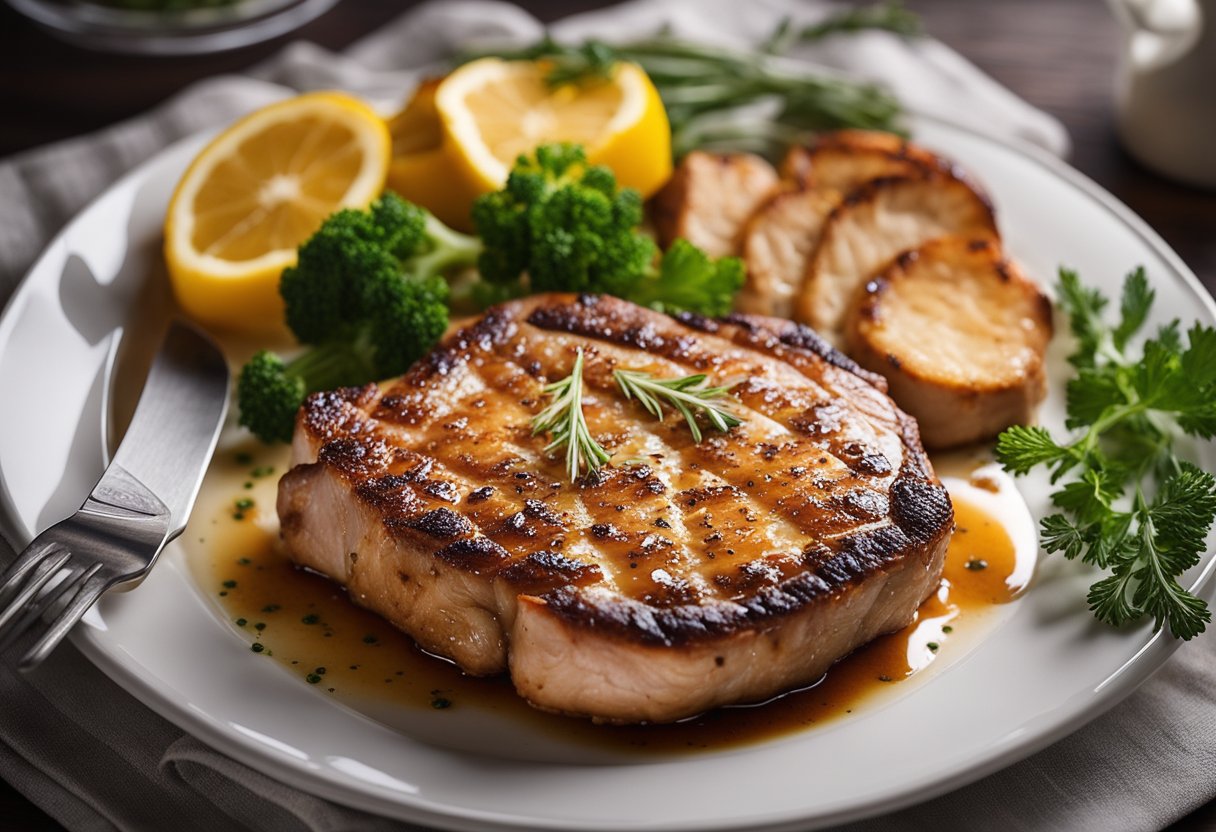Have you ever had a hankering for a leg of lamb or a bite of lamb chops, only to be put off by the price? There’s no sugarcoating it, lamb meat is a lot more expensive than chicken or fish or pork. But why does it have to be that way? For what reason is lamb so expensive?
The key reason for the price difference is that lamb has a low yield rate when it comes to how much meat they give off. Plus, they can’t be factory farmed and require a lot of time to mature to their selling point.
Those three points make up the main issue at play here. But there’s a lot more detail than that to explore and a big snowball effect that these factors create, which we’ll be getting into as this article progresses.
What Is Lamb Meat?
A lamb is a young sheep, specifically one in it’s first year of life. More often than not, this is when sheep are consumed. This is due to the fact that the meat from a lamb is much more tender than that of an adult. Of course that isn’t to say fully grown sheep are never eaten.
You may have heard the term ‘mutton’ before – that is the word for meat that specifically comes from adult sheep. Compare and contrast that with ‘veal’, a word for meat that comes from specifically young cattle.
What Does Lamb Taste Like?
If you’ve never tried it out before, you may be interested to know that it’s quite different from chicken, pork or beef. Indeed, it has a pretty distinct taste compared to the more commonly eaten meats in the West.
It’s got something of a gamey, Earthy taste to it. Of course like all farm animals, the way that it is raised has a lot to do with how it turns out as a meal.
Reasons For The Price
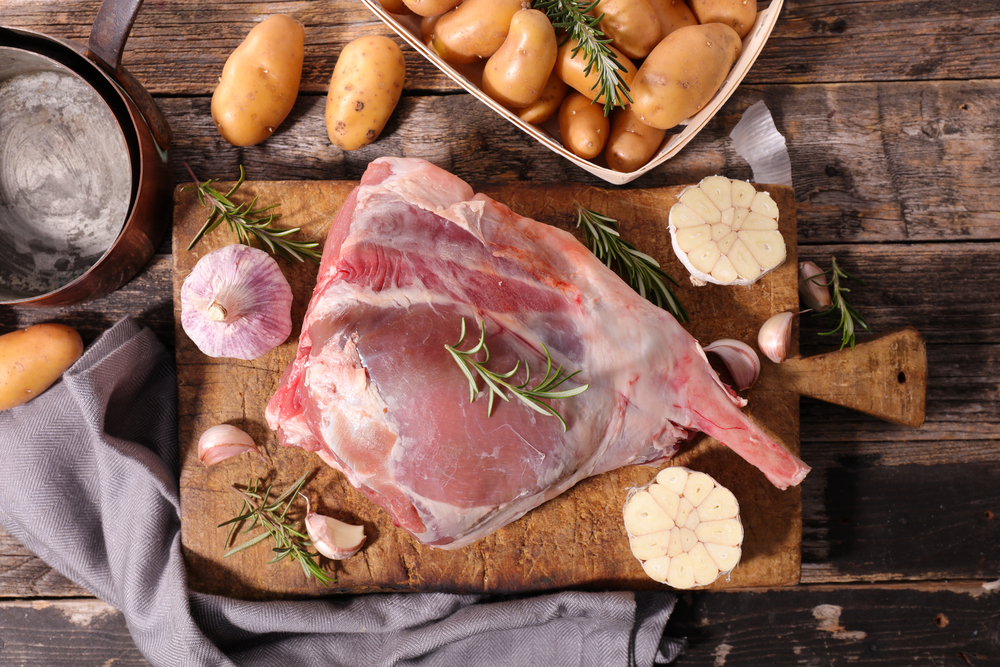
There are a variety of reasons for why lamb meat is as expensive as it is, and we’ll be going in-depth on all of them below.
It’s Considered To Be Very Healthy
Health food often comes at a premium. It’s sad to say but this is just how things have worked out, less healthy foods are commonplace and cheap, whilst something sought after for its nutrition is marked up. Why? Well, because people are willing to pay more for it, simple as that.
Avocados were once quite cheap, but after gaining a rep as a superfood, their value skyrocketed, making them noticeably more expensive today.
As far as meat is concerned, what the health-conscious among us are looking for is something lean. Lean meat is coveted, as it’s a source of nourishment and protein that isn’t loaded up with a ton of fat. And if that’s what you’re in the market for, then lamb very much fits the bill.
It’s one of the leaner meats out there. A typical cut of lamb, roughly three ounces in size, will have over 20 grams of protein all by itself, completely natural protein at that. Iron, magnesium, potassium and B-12 are other benefits of lamb. So long as it is properly prepared, lamb is a remarkably healthy option for meat-lovers, and therefore, it makes for a very expensive category of meat.
Lamb Are Not Factory Farmed
Much of the meat eaten in the US is done through a factory farming system. That means that these animals are raised in confined areas with the express purpose of getting to their sale point. Some animals do better with this process than others, not bothered so much by the stress and enclosed spaces. But lamb aren’t counted among those types of livestock.
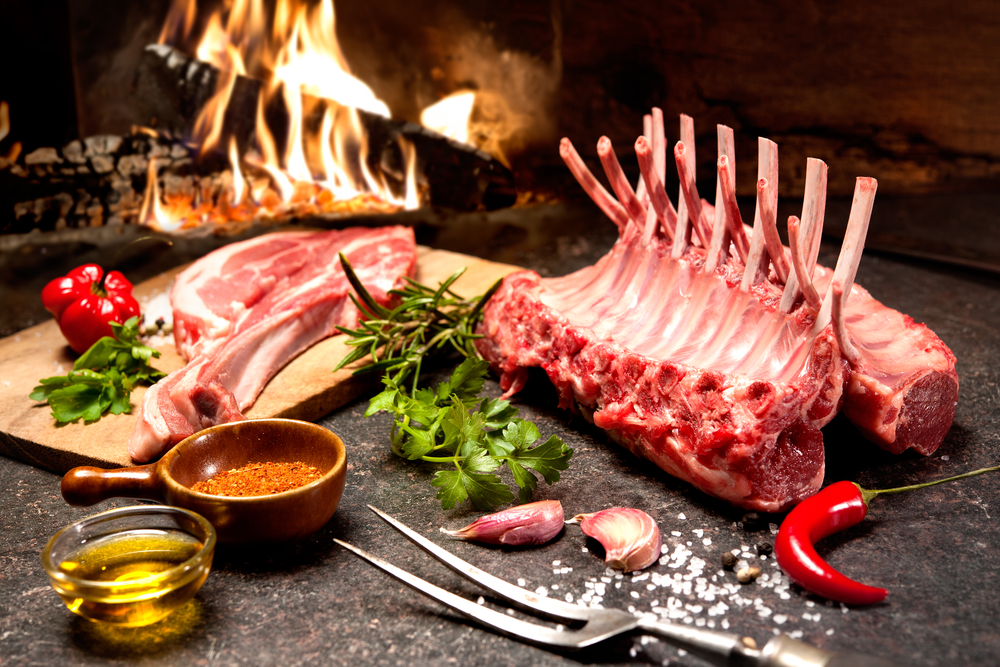
They are easily stressed, which leads to them growing slowly and being more sickly as a result of their environment. A smaller, sickly lamb that likely needs some medicating will end up making some low quality meat that won’t fetch a very good price. As such, lamb are generally farm raised, a better experience for them which in turns makes for a better meal and a better purchase. It can be considered good karma, really.
However, there is a reason that factory farming is so common – it’s the cheaper option. The more humane farming option requires owning a lot more land and having a bigger staff to properly raise the livestock. Due to these increases in expense, the resulting food has to be marked up higher in order to be profitable.
Less Meat Per Animal
This is a big, big issue with lamb, one that sets it apart from other traditional meats. You really just don’t get too much meat out of a lamb, in fact among typical meats, lamb have some of the lowest yields. Keep in mind that these are first year sheep and in general, sheep don’t have the same kind of valuable meat on their bones as say, a pig would, proportionally speaking.
What does that have to do with the price? A lot, turns out; having less meat per animal means it’s considerably less cost effective to farm them. You have to sell a lot of lambs to get the same money that one cow might make you. Another reason that the expense for producing lamb meat is high, and with high expense, comes a high price.
A Lot Of Work For Little Meat
You’ve no doubt noticed that many products come in bulk and are much cheaper when purchased this way. It’s a popular method for turning a profit while still offering a solid value and deal, as well as getting rid of big food surpluses. That is another reason why the yield rate being so low is a problem for the cost effectiveness. It’s just not a high-volume food at the best of times.
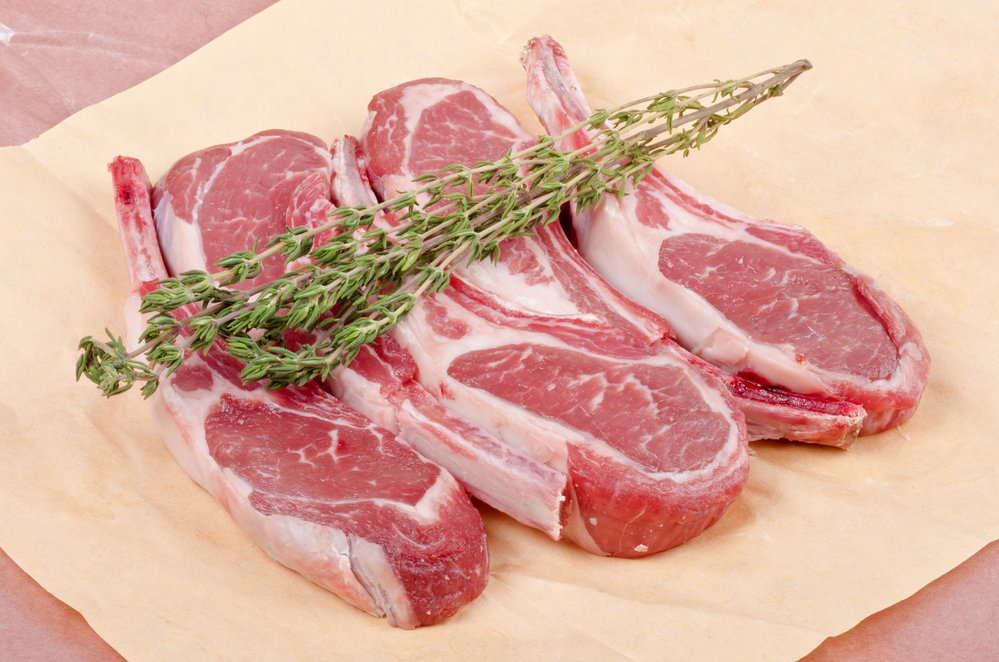
That’s something that keeps it feeling like it’s worth the effort for many. Those who will do it can struggle to find help and will likely encounter difficulty. That acts as further incentive for making absolutely certain that they get their money’s worth at the end of it all, and so they’re going to value the lamb highly. The margins are slim as it is because with the low volume, there’s a lot less wiggle room when it comes to pricing and profits. And that’s an issue when you have so many people who need to get a cut, as we’ll get further into…
The Time They Take To Mature
So we just went over the low yield rate, and why it’s a problem. And that problem would of course be exacerbated by selling the lamb off before it’s gotten the chance to grow. As with most animals they need to be raised to a certain age before they’ll be at the proper weight and account for enough meat. And that’s where another issue with lambs comes in.
Compared to other animals, lambs take a while to mature and thus they need more time than others to get to selling weight. What that amounts to is more time that farmers need to care for them, feeding them and maintaining the land, their health and safety. And to house lambs in large numbers, that not only requires time but quite a lot of money.
And so the need for profitability rears its head yet again. In order for a farmer to come out in the black after spending a year raising these animals, they need to come with a high price. A high price paid by the dealer, who of course will also have to turn a profit, leading to our next step…
Delivery Costs
We’re now getting into the nitty gritty of this process and we’ll be looking at the snowball effect in play here. Because the lamb started out pricy for the reasons we’ve been talking about, they are going to stay pricey throughout the process. Once the lamb has finished it’s stint at a farm, the time comes to deliver it to the next step.
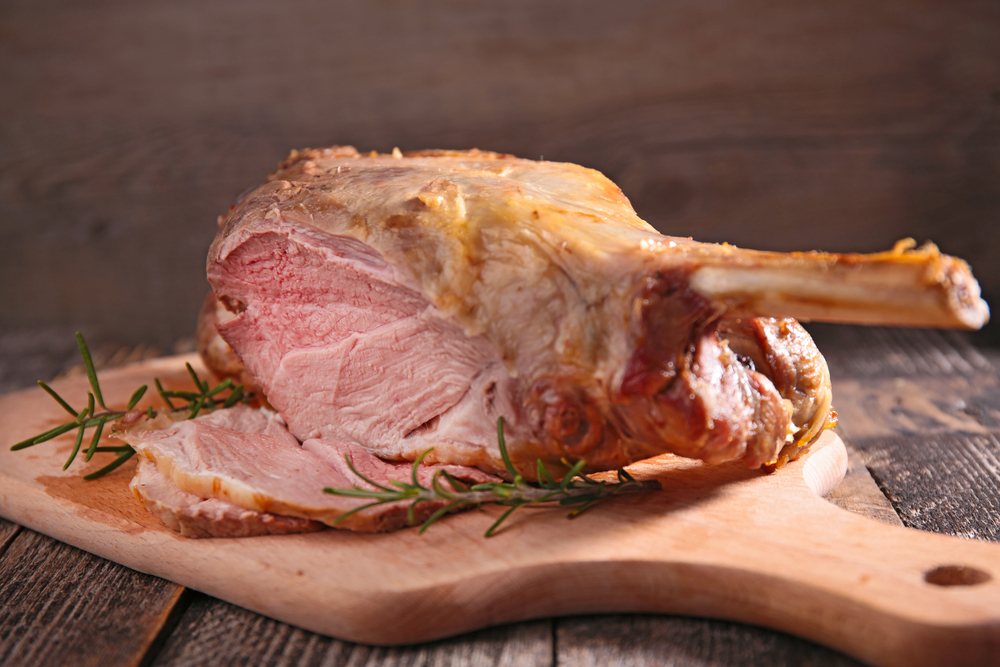
Usually lamb are sold whole, and frequently they are sold alive as well. Once the dealer makes the sale to the butcher, the lambs thusly need to be transported to them. And that is no small footnote in the process.
A lamb shipped alive will need plenty of space as well as a hauler with a specialty for containing and transporting animals. Meanwhile a dead one will require a refrigerated vehicle, and that adds a considerable cost. You’ve probably shopped online before so you should know, shipping and delivery rates are always high.
Butchering Needs
From there the process continues, with more and more people required every step of the way to get the lamb from birth to the store shelves. And of course each middleman has to be paid here. Live sheep generally get sent to dealers who then go to the nearest or best available butcher they can find who will purchase them.
Now the butcher’s job is of course to properly cut the meat into pieces appropriate for cooking. You might think that this is a simple procedure of chopping up any old slab of meat into various shapes and sizes, but that’s not true at all. Animals are divided up into all sorts of sections. The center of a lamb alone for example consists of the rib, loin, chunk and flank regions, all prepared in their own way to make specific dishes.
You can eyeball that much on a chart, but in practice it takes a lot more understanding of a lamb’s anatomy than that. There’s a lot of know-how and experience required to be a top flight butcher. And since those butchers had to pay a premium for lamb for the reasons we’ve already explained, they have to charge a premium for the next step.
Whomever they send the meat to from here will likely have to pay more for that lamb than they would buying most other things from that same butcher. Otherwise, they wouldn’t see profits. So you can see how this cycle eventually got all the way down to the consumer. From here the vendor has to pay a high price and so do you.
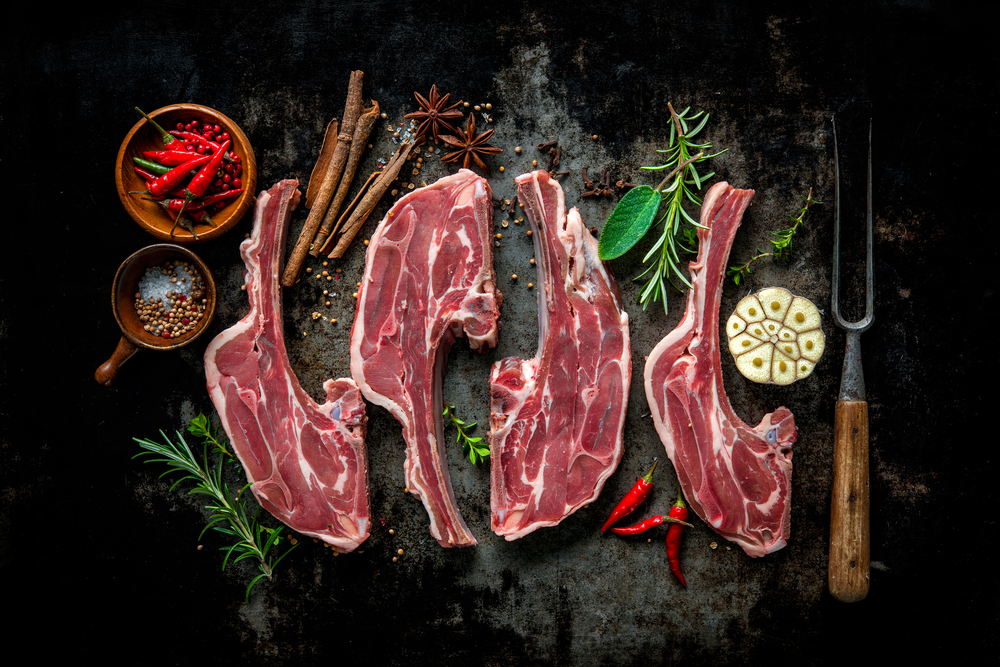
Luxury
All that we’ve listed leads to lamb being a rarely sold and eaten meat compared to others. Rare – not common, and that has factored into the image that it has. And image is a key part of pricing as well.
Lamb is a food that many see as being saved for special occasions, perhaps holidays or celebrations. It’s a finicky sort that needs to be prepared in a very particular way and when it is served, it’s usually a high-end affair. You’re not going to find lamb on the menu at Applebee’s but you will see it on the menu at the Capital Grille, and that’s the difference we’re talking about here.
It’s a luxury food, that’s the image. And so the pricing goes along with that. It’s a sad fact of life that some things are pricier based purely on perception, essentially being a luxury item for the sake of a luxury item. That isn’t solely the case with lamb as we’ve just gone over several practical reasons for the price, but the image it has garnered does not help matters.
People will be willing to spend more money on lamb than they would a chicken breast, even if they liked chicken more and didn’t care about nutrition. Why? Because there isn’t some cheap alternative lamb meal that you can order at a fast food place. That being the case, people aren’t conditioned to think of lamb as being affordable.
FAQ
Lastly, we’ll look into a couple of frequently asked questions as it pertains to this subject.
Why Is Lamb So Expensive In The UK?
Obviously as we’ve covered by this point, lamb is expensive in general, so it isn’t a surprise that it’s up there in the UK. What’s more they have to be imported more often than not, as the lambs in places like Britain and Scotland are said to be too small to yield enough meat to be worth selling.
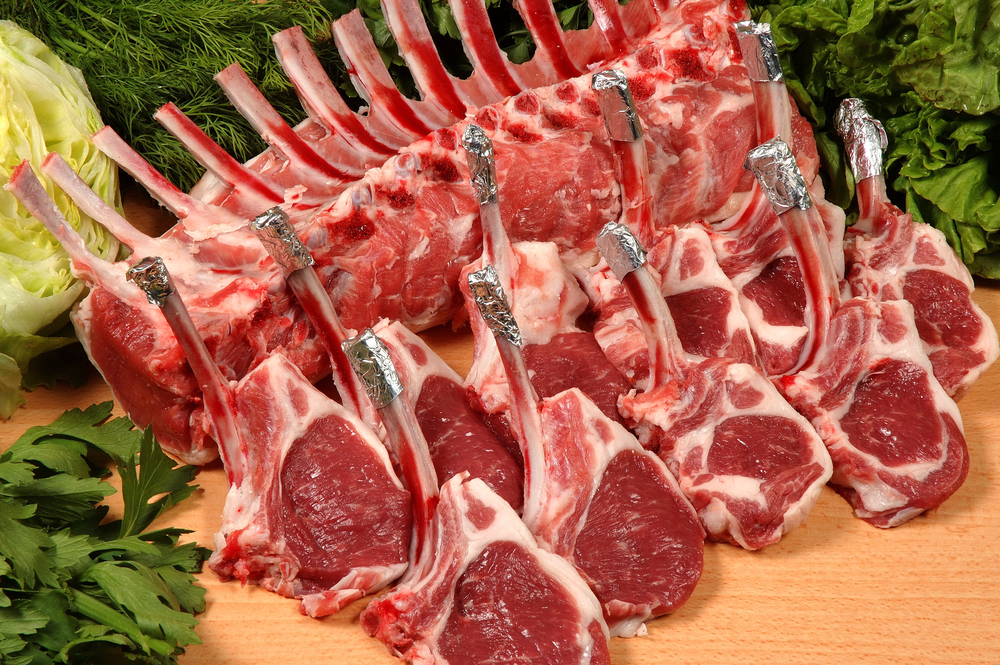
Having to import food from overseas naturally increases the cost, and it’s worth noting that the import/export market in the UK was dramatically altered by Brexit. And not in a good way! It reached a big high in early 2021, though it has settled down some in the years since.
Is Lamb Meat More Expensive Than Beef?
For sure, and it’s no surprise. If you look back at our list of reasons for the price of lamb, you might realize that beef skirts by a number of those issues. For example, cattle are very large animals, much bigger than a lamb, and naturally yield considerably more meat.
They’re hardly a luxury meat either, and are up there with pork, chicken and fish among the most commonly consumed meats out there.
Also, check out some similar posts:
In Conclusion…
It can of course be frustrating when one of your favorite foods is so expensive and it can seem so arbitrary on the surface. But as you can see, there is no shortage of valid reasons for why the price of lamb is as high as it is.
Lambs require a long time to reach maturity, can’t be factory farmed, and have a low yield rate. These issues compound to require a high price at the start of the process, and that leads to a premium for every step afterwards. And since all that led to lamb being a rare meal, it therefore became a luxury meal.



